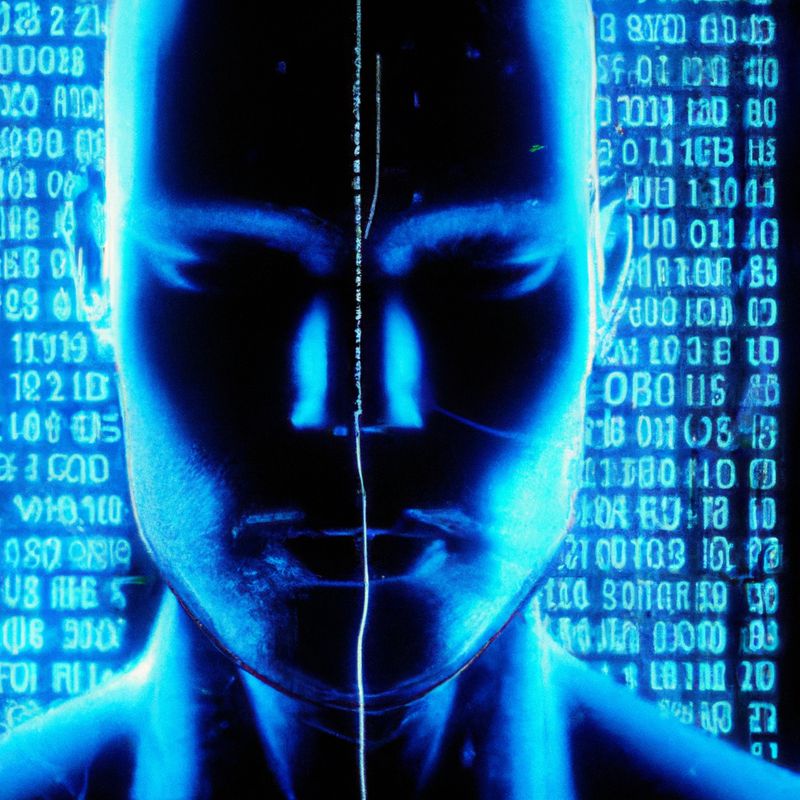The Potential Dangers of Artificial Intelligence in Cybersecurity

Artificial Intelligence (AI) is a rapidly growing field of technology that is being used in many different industries, including cybersecurity. AI-enabled technology can help to detect and prevent cyber threats, but it also has the potential to cause significant harm if not used properly. In this blog post, we will discuss the potential dangers of AI in cybersecurity and how organizations can protect themselves from these risks.
The Benefits of AI in Cybersecurity
AI-enabled technology has the potential to revolutionize cybersecurity. AI can detect and analyze patterns in data that would be too complex for humans to detect. It can also be used to identify suspicious activity, detect malware, and prevent cyberattacks. AI can also be used to automate many of the tedious and time-consuming tasks associated with cybersecurity, such as patch management and vulnerability scanning. By automating these tasks, organizations can save time and resources, allowing them to focus on more strategic tasks.
The Potential Dangers of AI in Cybersecurity
While AI-enabled technology can be a powerful tool for cybersecurity, it also has the potential to cause significant harm if not used properly. AI is only as good as the data it is given, and if it is given incorrect or biased data, it can lead to inaccurate results. For example, if an AI system is trained on data that is biased towards a certain gender, race, or religion, it could lead to discriminatory outcomes. Additionally, AI systems can be vulnerable to hacking and manipulation, which can lead to serious security breaches.
Another potential danger of AI in cybersecurity is the potential for misuse. AI-enabled technology can be used for malicious purposes, such as creating and deploying malware, or launching cyberattacks. Additionally, AI can be used to automate malicious activities, which can make it more difficult for organizations to detect and prevent security breaches.
How to Protect Against AI-Related Cybersecurity Risks
Organizations can take steps to protect themselves from the potential dangers of AI in cybersecurity. First, organizations should ensure that their AI systems are trained on unbiased data sets. This will help to ensure that the AI system is making accurate and fair decisions. Organizations should also ensure that their AI systems are regularly tested and monitored for accuracy and performance.
Organizations should also ensure that their AI systems are properly secured. This includes implementing strong authentication measures, such as multi-factor authentication, and encrypting data. Additionally, organizations should ensure that their AI systems are regularly patched and updated to ensure that any vulnerabilities are addressed.
Finally, organizations should ensure that their AI systems are used responsibly. This includes ensuring that the AI system is not used for malicious purposes, such as creating and deploying malware, or launching cyberattacks. Additionally, organizations should ensure that their AI systems are not used to automate malicious activities.
Conclusion
AI-enabled technology can be a powerful tool for cybersecurity, but it also has the potential to cause significant harm if not used properly. Organizations should ensure that their AI systems are trained on unbiased data sets, properly secured, and used responsibly to protect themselves from the potential dangers of AI in cybersecurity. By taking these steps, organizations can help to ensure that their AI systems are used in a safe and secure manner.
